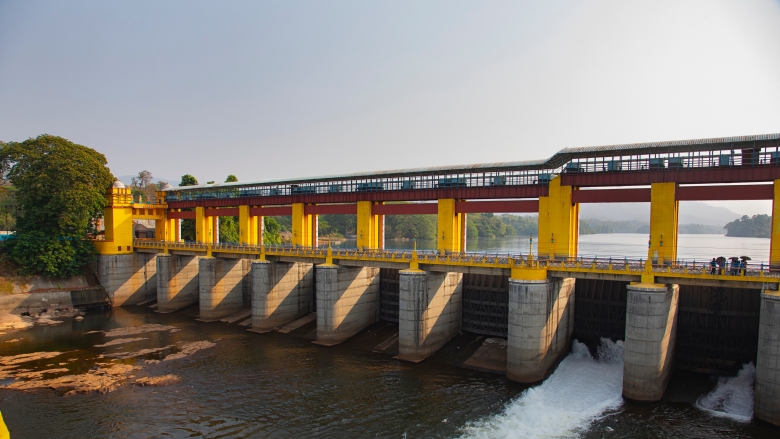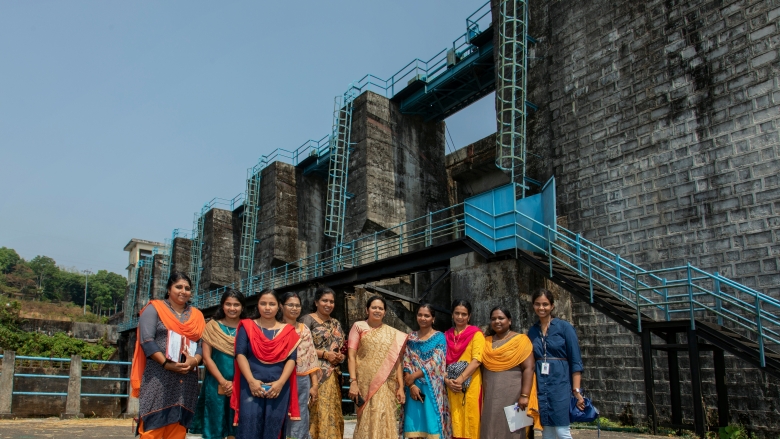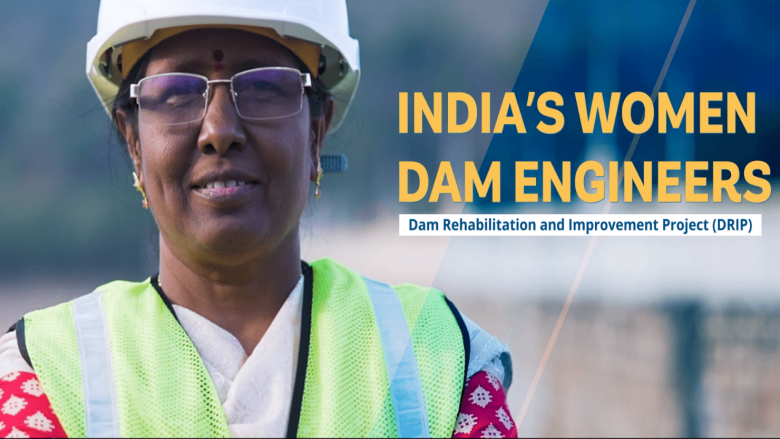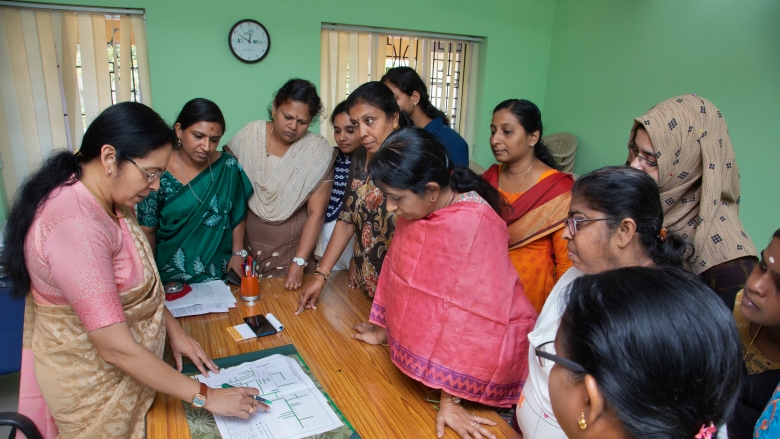In 2018, the monsoon unleashed a rare devastation on India’s southern state of Kerala. The rains lashed the state day and night, pouring close to a year’s rainfall in just 10 days. The dams and reservoirs filled up quickly and touched the danger mark.
Elizabeth Korath was the engineer in charge at the Bhuthathankettu Dam on the Periyar river, the state’s longest river and its lifeline in many respects. She recalls the tense moments she, along with her colleague Sujatha and others, spent in sending hourly reports on the rising water levels to the headquarters of the state’s irrigation department in Trivandrum. As the rain continued to fall, they opened all the sluice gates to release the excess water, and the dam held.
“The water in the reservoir was above the danger mark, and the rains would not stop,” she remembers.“We were camped at the site for many days giving hourly updates and worrying if the waters would flood the nearby villages. Thankfully that did not happen We had completed all the repairs on the barrage well before the deluge came.”

Nearby, at the Malankara Dam, women engineers managing the dam, recall the tense days they spent camping on-site to monitor the rising water level in the reservoir. “It was a sight never seen before with waters on both sides of the dam at level.”
These .
In her day-to-day work at the site, Manju, who has recently taken over managing the Malankara Dam, says it is not easy meeting the competing demands of the local farmers and the panchayats - the village councils. “There are conflicting demands to release water from the dam for irrigation and drinking. At the same time, I have to ensure that the water level in the reservoir is maintained for future use.”
S. Manju, who works with the Dam Safety department, often travels with senior engineers to dam sites across the state to inspect the ongoing rehabilitation work. She feels extremely proud working with other women colleagues. “It is heartening to interact with our women colleagues working on dam projects in the state. We feel a sense of accomplishment knowing that our work impacts people's lives in the state.”
Both the Bhuthathankettu and the Malankara dams are among the 16 dams across Kerala which are being repaired under the World Bank supported Dam Rehabilitation and Improvement Project (DRIP).



